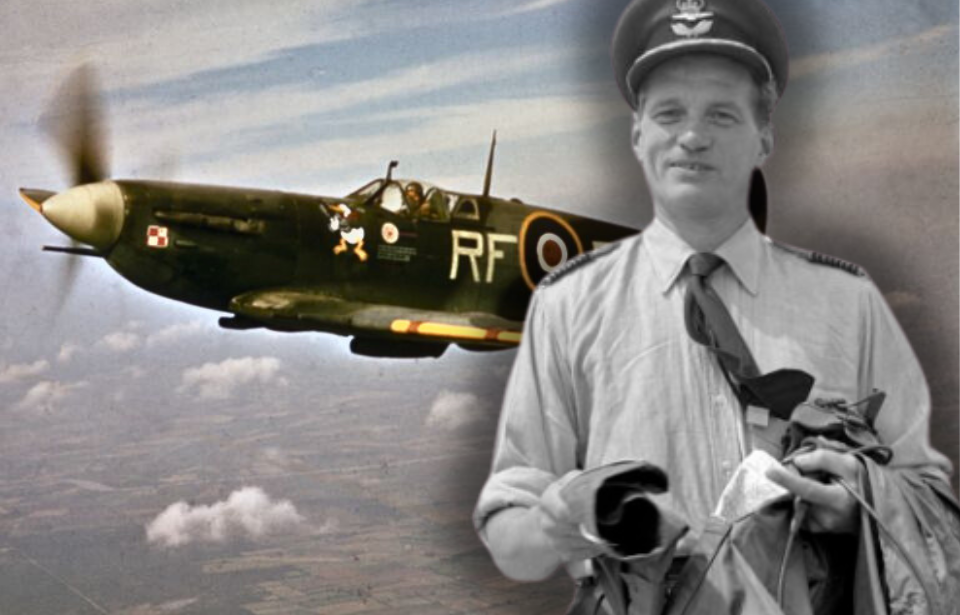Several pilots cemented themselves into history with their skills during the Second World War. One aviator, Johnnie Johnson, did more than the average person, taking out more Luftwaffe aircraft than any other Western Allied pilot. This achievement not only resulted in Johnson being awarded a variety of decorations for his service, but it also allowed him to proudly serve with the Royal Air Force (RAF) for several decades.
Johnnie Johnson suffered an injury playing rugby
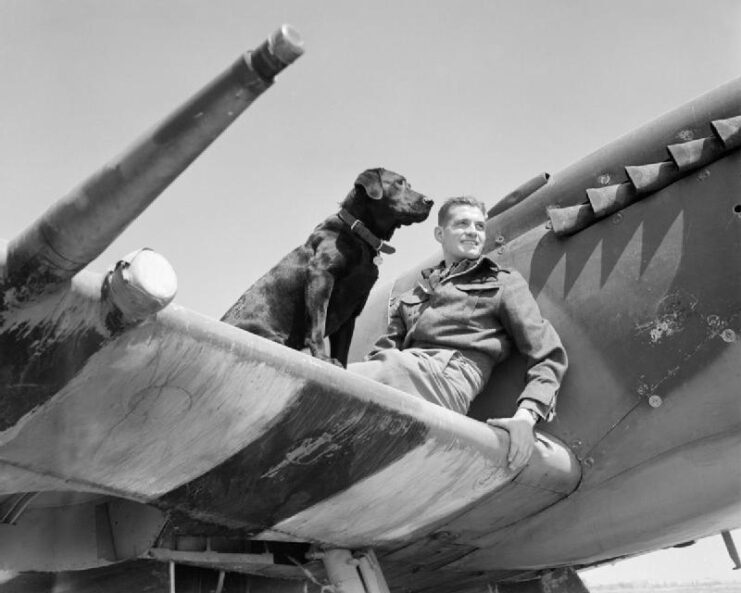
Johnnie Johnson was born James Edgar Johnson on March 9, 1915, in Barrow upon Soar, Leicestershire. Raised in the East Midlands, he became a civil engineer. After finishing school, he found a position as a surveyor with Melton Mowbray Urban District Council, after which he became an assistant engineer with Chigwell Urban District Council.
Growing up, Johnson had an interest in hunting and aviation. He would hunt animals for sport on weekends and began paying for flight lessons out of his own pocket. He was also very sporty, playing rugby in the local area. While playing a match in 1938, Johnson injured his collarbone, which was set incorrectly and, thus, didn’t heal properly.
Enlisting in the Royal Air Force Volunteer Reserve (RAFVR)
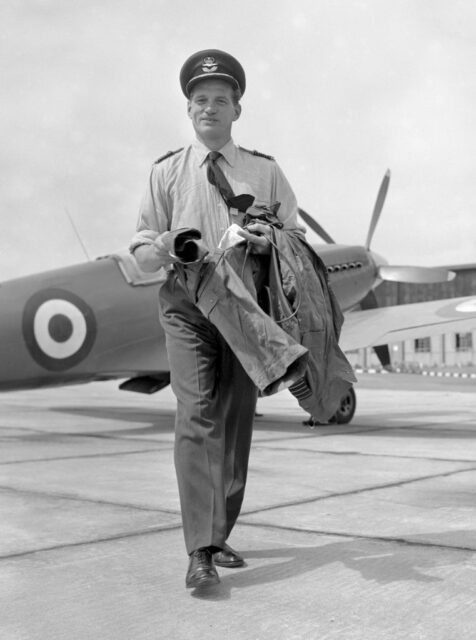
Johnnie Johnson struggled to enlist for military service. He initially tried to join the Auxiliary Air Force (AAF), but was declined for what he believed was his social status. With the prospect of war looming, he reapplied, but there wasn’t enough room for him. He was given the opportunity to join one of the balloon squadrons, but declined.
With the AAF a dead end, Johnson, inspired by his friends, tried to join the Royal Air Force Volunteer Reserve (RAFVR). It was as if history was repeating itself as he was, again, declined, this time because of his aforementioned collarbone injury. Frustrated and still wanting to serve, Johnson settled for enlisting in the Leicestershire Yeomanry (Prince Albert’s Own). The territorial force was the next best option, as it would allow him to see action if war broke out.
In August 1939, not long before Germany invaded Poland, Johnson was finally accepted into the RAFVR.
Training to become a fighter pilot
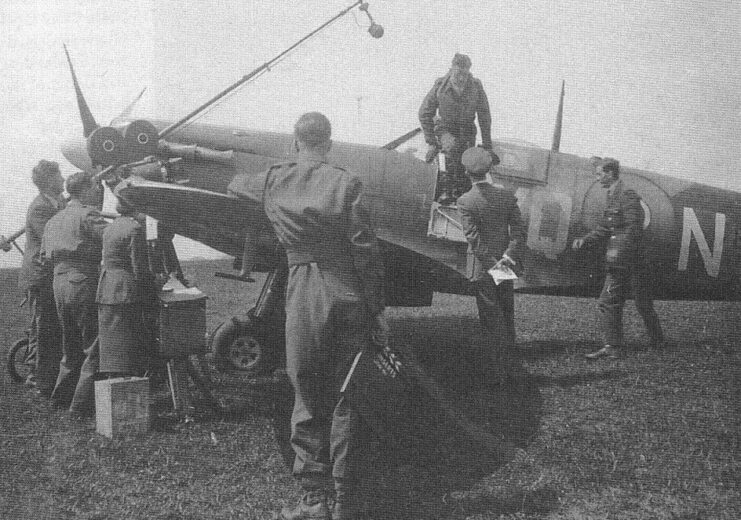
Having finally been accepted into the Royal Air Force Volunteer Reserve, Johnnie Johnson was sent to one of the satellite airfields of RAF North Weald. He was given ground training, as well as instruction in the de Havilland Tiger Moth. When World War II officially broke out in September 1939, he was sent to the 2nd Initial Training Wing in Cambridge, with the rank of sergeant, and tried to obtain a reconnaissance role. However, he was assigned to fighter pilot training.
That December, Johnson began training with the 22 Elementary Flying Training School, and over the next few months continued to learn about the different aspects of being a fighter pilot. He received his wings in August 1940 and was given an assignment as a pilot officer at the General Duties Branch of the Royal Air Force.
Johnnie Johnson saw plenty of action in the European Theater
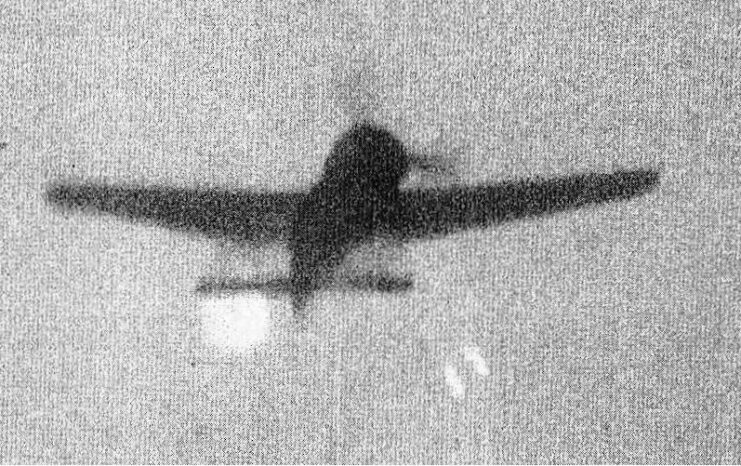
Shortly after receiving his wings, Johnnie Johnson was taught to fly the Supermarine Spitfire, one of the most iconic aircraft to hit the skies during the Second World War. During one of his early flights, he crashed, upsetting the collarbone injury he suffered in 1938. He was subsequently given two options: have surgery, but miss the Battles of Britain and France or leave it be and become a Tiger Moth instructor. He chose the former.
After recovering from the operation, Johnson was assigned to the No. 616 Squadron RAF and, in early 1941, took to the skies for combat against the Germans. He initially saw action as a night fighter, before taking part in more intensive attacks in German-occupied Europe for the better part of the next couple of years.
On June 24, 1941, Johnson secured his first solo aerial victory, having achieved a shared credit for downing a Luftwaffe Dornier Do. 17 earlier in the year. In the former, he took out a Messerschmitt Bf 109E off the coast of Gravelines. Three months later, he was promoted to the rank of flight lieutenant, around which time he also officially became a flying ace.
Following his early successes in the air, Johnson was given command of various units, with the most notable being the No. 127 Wing RCAF. They were the first air wing to be stationed in France following D-Day and went on to see action throughout the European Theater. Always flying with his men, Johnson continued to rack up victories, with his last of the war coming during Operation Market Garden in September 1944.
The latter stages of the conflict saw Johnson conduct patrols over Germany. By the German surrender, he’d secured 44 aerial victories – 34 solo, seven shared and another three deemed “shared probable.” The aviator was also attributed with 10 enemy aircraft damaged, three shared damaged and one destroyed on the ground. His successes not only made him the best Western Allied air ace of the Second World War, but also the most effective against the Focke-Wulf Fw 190.
For his service during the war, Johnson was awarded the Croix de Guerre, the Distinguished Service Order with two bars, the Belgian Légion d’Honneur and the Distinguished Flying Cross with bar.
Continued service with the Royal Air Force (RAF)
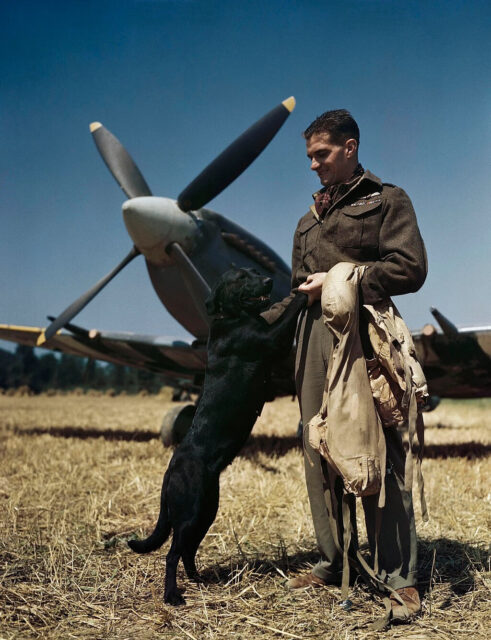
Following the Second World War, Johnnie Johnson continued to serve with the Royal Air Force, receiving a promotion to wing commander. While on exchange to the US Air Force, he flew missions with the UN forces as part of the Korean War, flying the Lockheed P-80 Shooting Star and North American F-86 Sabre for the Tactical Air Command.
Following Korea, Johnson served in West Germany for a few years, before returning to the United Kingdom to work for the Air Ministry. This was followed by a handful of promotions, the last of which was to the rank of air vice marshal in October 1963. It was during this period that he also published two books, a memoir about his wartime experiences and Full Circle: The Story of Air Fighting with Percy Lucas, which covered the history of aerial warfare.
In 1966, the decorated aviator retired from the RAF.
Johnnie Johnson remained in the public eye after retiring
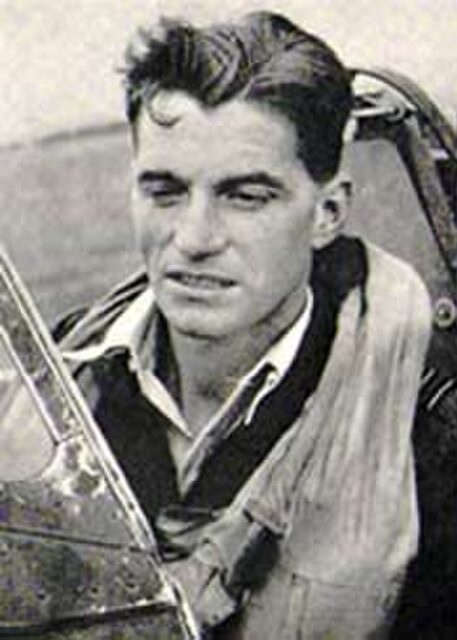
Now a civilian, Johnnie Johnson had the time to focus on his interests, which included public speaking and fundraising, on top of more leisurely activities. He kept his love for aviation for the rest of his life and was actively involved in the aviation art scene. In 1985, he appeared on an episode of This Is Your Life (1955-2007) to commemorate the 40th anniversary of V-E Day.
More from us: ‘Saving Private Ryan’ Movie Details History Fans Will Appreciate
On January 30, 2001, at the age of 85, Johnson passed away following a battle with cancer.
